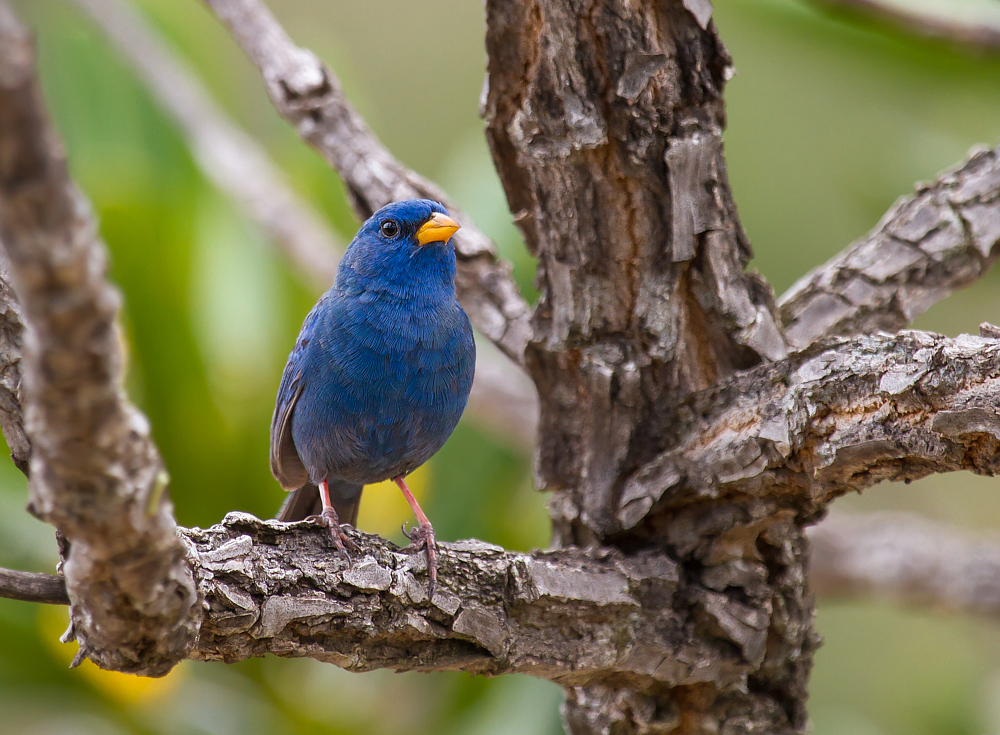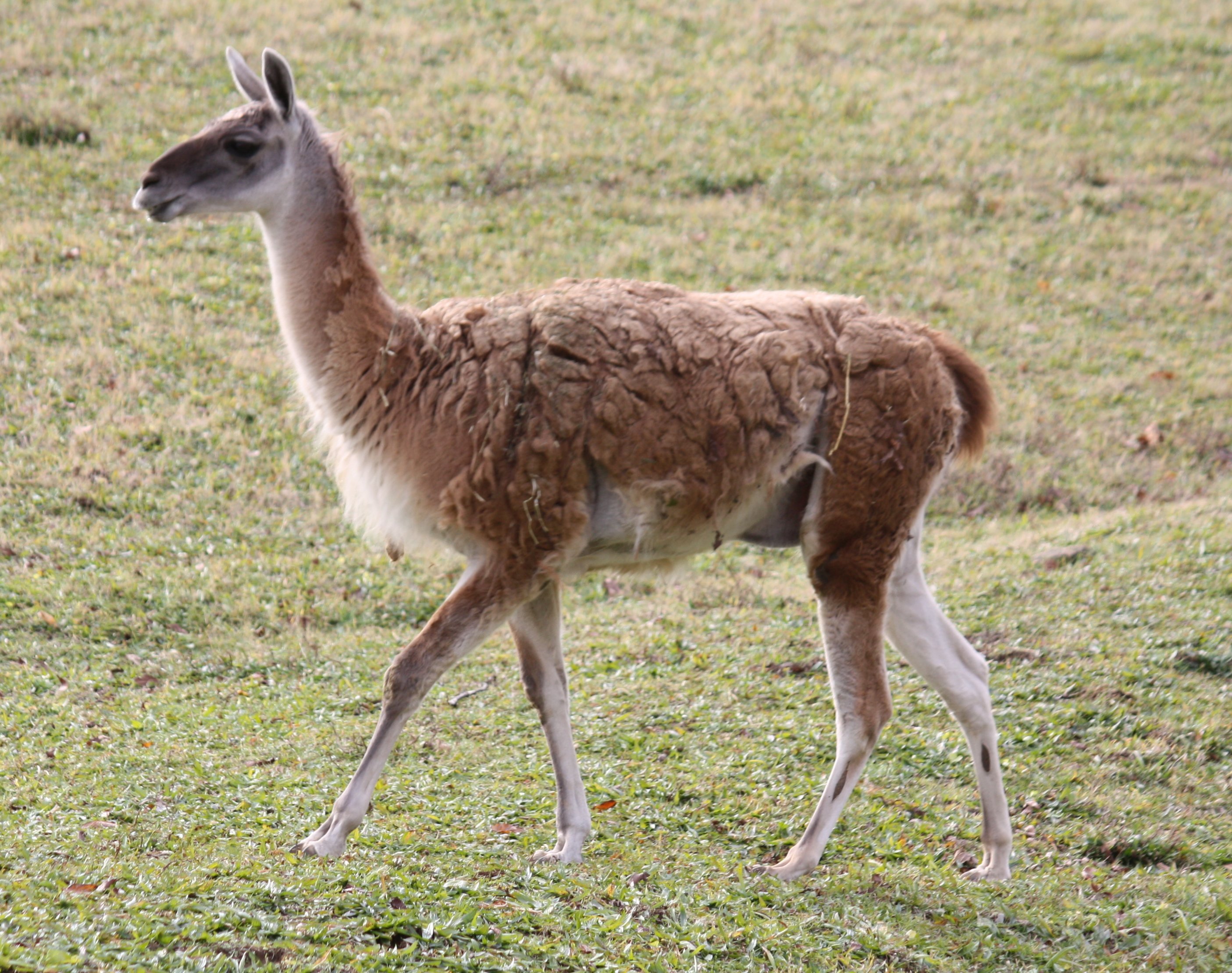|
Band-tailed Sierra Finch
The band-tailed sierra finch (''Porphyrospiza alaudina'') is a species of bird in the family Thraupidae and is found in Argentina, Bolivia, Chile, Ecuador, and Peru. Its natural habitats are subtropical or tropical dry shrubland Shrubland, scrubland, scrub, brush, or bush is a plant community characterized by vegetation dominated by shrubs, often also including grasses, herbs, and geophytes. Shrubland may either occur naturally or be the result of human activity. It m ... and subtropical or tropical high-altitude shrubland. References band-tailed sierra finch Birds of the Andes Birds of Chile band-tailed sierra finch Taxa named by Heinrich von Kittlitz Taxonomy articles created by Polbot Taxobox binomials not recognized by IUCN {{Thraupidae-stub ... [...More Info...] [...Related Items...] OR: [Wikipedia] [Google] [Baidu] |
Heinrich Von Kittlitz
Friedrich Heinrich, Freiherr von Kittlitz (16 February 1799 – 10 April 1874) was a Prussian artist, naval officer, explorer and naturalist. He was a descendant of a family of old Prussian nobility ("Freiherr" meaning "independent lord" - ranking with a baron). He collected specimens and made illustrations on major expeditions and wrote a few books on his travels. Several species were described on the basis of specimens collected by him and a few are named after him including Kittlitz's plover. Life and work Kittlitz was born in Breslau to Prussian Captain Friedrich (1769-1825) and Henriette Ehrenfried von Diebitsch (1771-1835). He went to grammar school in Oels and joined his father's battalion as a volunteer in 1813. He became a second lieutenant in the 16th Silesian Infantry Regiment and saw action at Glogau. He went to Paris in 1815 and was garrisoned in Mainz when the Landwehr regiments were dissolved. It was here that he became interested in nature after meeting Eduard Rà ... [...More Info...] [...Related Items...] OR: [Wikipedia] [Google] [Baidu] |
Bird
Birds are a group of warm-blooded vertebrates constituting the class Aves (), characterised by feathers, toothless beaked jaws, the laying of hard-shelled eggs, a high metabolic rate, a four-chambered heart, and a strong yet lightweight skeleton. Birds live worldwide and range in size from the bee hummingbird to the ostrich. There are about ten thousand living species, more than half of which are passerine, or "perching" birds. Birds have whose development varies according to species; the only known groups without wings are the extinct moa and elephant birds. Wings, which are modified forelimbs, gave birds the ability to fly, although further evolution has led to the loss of flight in some birds, including ratites, penguins, and diverse endemic island species. The digestive and respiratory systems of birds are also uniquely adapted for flight. Some bird species of aquatic environments, particularly seabirds and some waterbirds, have further evolved for swimming. B ... [...More Info...] [...Related Items...] OR: [Wikipedia] [Google] [Baidu] |
Thraupidae
The tanagers (singular ) comprise the bird family Thraupidae, in the order Passeriformes. The family has a Neotropical distribution and is the second-largest family of birds. It represents about 4% of all avian species and 12% of the Neotropical birds. Traditionally, the family contained around 240 species of mostly brightly colored fruit-eating birds. As more of these birds were studied using modern molecular techniques, it became apparent that the traditional families were not monophyletic. ''Euphonia'' and ''Chlorophonia'', which were once considered part of the tanager family, are now treated as members of the Fringillidae, in their own subfamily (Euphoniinae). Likewise, the genera ''Piranga'' (which includes the scarlet tanager, summer tanager, and western tanager), '' Chlorothraupis'', and '' Habia'' appear to be members of the cardinal family, and have been reassigned to that family by the American Ornithological Society. Description Tanagers are small to medium-sized b ... [...More Info...] [...Related Items...] OR: [Wikipedia] [Google] [Baidu] |
Habitat
In ecology, the term habitat summarises the array of resources, physical and biotic factors that are present in an area, such as to support the survival and reproduction of a particular species. A species habitat can be seen as the physical manifestation of its ecological niche. Thus "habitat" is a species-specific term, fundamentally different from concepts such as environment or vegetation assemblages, for which the term "habitat-type" is more appropriate. The physical factors may include (for example): soil, moisture, range of temperature, and light intensity. Biotic factors will include the availability of food and the presence or absence of predators. Every species has particular habitat requirements, with habitat generalist species able to thrive in a wide array of environmental conditions while habitat specialist species requiring a very limited set of factors to survive. The habitat of a species is not necessarily found in a geographical area, it can be the interior ... [...More Info...] [...Related Items...] OR: [Wikipedia] [Google] [Baidu] |
Shrubland
Shrubland, scrubland, scrub, brush, or bush is a plant community characterized by vegetation dominated by shrubs, often also including grasses, herbs, and geophytes. Shrubland may either occur naturally or be the result of human activity. It may be the mature vegetation type in a particular region and remain stable over time, or a transitional community that occurs temporarily as the result of a disturbance, such as fire. A stable state may be maintained by regular natural disturbance such as fire or browsing. Shrubland may be unsuitable for human habitation because of the danger of fire. The term was coined in 1903. Shrubland species generally show a wide range of adaptations to fire, such as heavy seed production, lignotubers, and fire-induced germination. Botanical structural form In botany and ecology a shrub is defined as a much-branched woody plant less than 8 m high and usually with many stems. Tall shrubs are mostly 2–8 m high, small shrubs 1–2 m high and su ... [...More Info...] [...Related Items...] OR: [Wikipedia] [Google] [Baidu] |
Porphyrospiza
''Porphyrospiza'' is a genus of seed-eating South American birds in the tanager family Thraupidae. Taxonomy and species list The genus ''Porphyrospiza'' was introduced in 1873 by the English ornithologists Philip Sclater and Osbert Salvin to accommodate the blue finch. The genus name combines the Ancient Greek ''porphura'' meaning "purple" with ''spiza'' meaning "finch". The genus formerly included only a single species, the blue finch. The band-tailed sierra finch and the carbonated sierra finch were formerly placed in the genus ''Phrygilus''. They were moved to ''Porphyrospiza'' when a molecular phylogenetic study published in 2014 found that ''Phrygilus'' was polyphyletic A polyphyletic group is an assemblage of organisms or other evolving elements that is of mixed evolutionary origin. The term is often applied to groups that share similar features known as homoplasies, which are explained as a result of converg ... and that these two species were closely related to the ... [...More Info...] [...Related Items...] OR: [Wikipedia] [Google] [Baidu] |
Birds Of The Andes
The fauna of the Andes, a mountain range in South America, is large and diverse. As well as a huge variety of flora, the Andes contain many different animal species. With almost 1,000 species, of which roughly 2/3 are endemic to the region, the Andes are the most important region in the world for amphibians.Tropical Andes - biodiversityhotspots.org The diversity of animals in the Andes is high, with almost 600 species of (13% endemic), more than 1,700 species of (about 1/3 endemic), more than 600 species of |
Birds Of Chile
This is a list of the bird species recorded in Chile. Unless otherwise noted, the list is that of the South American Classification Committee (SACC) of the American Ornithological Society. The SACC list includes species recorded in mainland Chile, on the Chilean islands of the Cape Horn area, on other islands and waters near the mainland, and on and around the Juan Fernández Islands. The list's taxonomic treatment (designation and sequence of orders, families, and species) and nomenclature (common and scientific names) are also those of the SACC.Remsen, J. V., Jr., J. I. Areta, E. Bonaccorso, S. Claramunt, A. Jaramillo, D. F. Lane, J. F. Pacheco, M. B. Robbins, F. G. Stiles, and K. J. Zimmer. Version 31 January 2022. A classification of the bird species of South America. American Ornithological Society. https://www.museum.lsu.edu/~Remsen/SACCBaseline.htm retrieved 1 February 2022 According to the SACC, the avifauna of Chile has 519 confirmed species, of which 12 are endemic, 1 ... [...More Info...] [...Related Items...] OR: [Wikipedia] [Google] [Baidu] |
Birds Described In 1833
Birds are a group of warm-blooded vertebrates constituting the class Aves (), characterised by feathers, toothless beaked jaws, the laying of hard-shelled eggs, a high metabolic rate, a four-chambered heart, and a strong yet lightweight skeleton. Birds live worldwide and range in size from the bee hummingbird to the ostrich. There are about ten thousand living species, more than half of which are passerine, or "perching" birds. Birds have whose development varies according to species; the only known groups without wings are the extinct moa and elephant birds. Wings, which are modified forelimbs, gave birds the ability to fly, although further evolution has led to the loss of flight in some birds, including ratites, penguins, and diverse endemic island species. The digestive and respiratory systems of birds are also uniquely adapted for flight. Some bird species of aquatic environments, particularly seabirds and some waterbirds, have further evolved for swimming. ... [...More Info...] [...Related Items...] OR: [Wikipedia] [Google] [Baidu] |
Taxa Named By Heinrich Von Kittlitz
In biology, a taxon (back-formation from ''Taxonomy (biology), taxonomy''; plural taxa) is a group of one or more populations of an organism or organisms seen by taxonomists to form a unit. Although neither is required, a taxon is usually known by a particular name and given a particular Taxonomic rank, ranking, especially if and when it is accepted or becomes established. It is very common, however, for taxonomists to remain at odds over what belongs to a taxon and the criteria used for inclusion. If a taxon is given a formal scientific name, its use is then governed by one of the nomenclature codes specifying which scientific name is correct for a particular grouping. Initial attempts at classifying and ordering organisms (plants and animals) were set forth in Carl Linnaeus's Linnaean taxonomy, system in ''Systema Naturae'', 10th edition (1758), as well as an unpublished work by Bernard de Jussieu, Bernard and Antoine Laurent de Jussieu. The idea of a unit-based system of bio ... [...More Info...] [...Related Items...] OR: [Wikipedia] [Google] [Baidu] |
Taxonomy Articles Created By Polbot
Taxonomy is the practice and science of categorization or classification (general theory), classification. A taxonomy (or taxonomical classification) is a scheme of classification, especially a hierarchical classification, in which things are organized into groups or types. Among other things, a taxonomy can be used to organize and index knowledge (stored as documents, articles, videos, etc.), such as in the form of a library classification system, or a Taxonomy for search engines, search engine taxonomy, so that users can more easily find the information they are searching for. Many taxonomies are hierarchy, hierarchies (and thus, have an intrinsic tree structure), but not all are. Originally, taxonomy referred only to the categorisation of organisms or a particular categorisation of organisms. In a wider, more general sense, it may refer to a categorisation of things or concepts, as well as to the principles underlying such a categorisation. Taxonomy organizes taxonomic uni ... [...More Info...] [...Related Items...] OR: [Wikipedia] [Google] [Baidu] |

.jpg)
.jpg)




